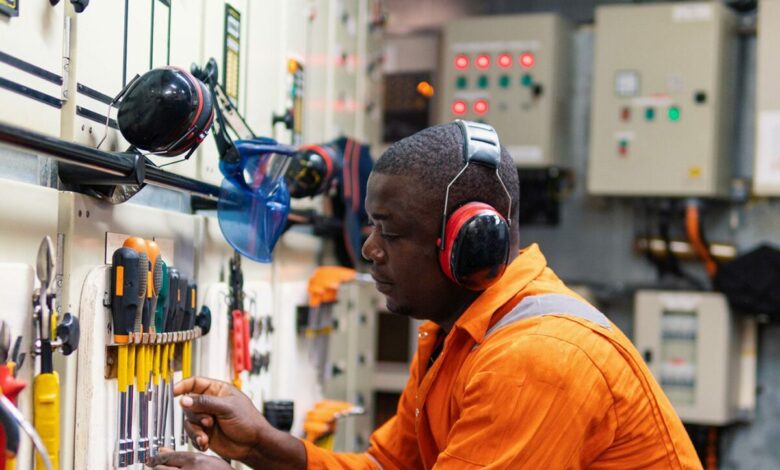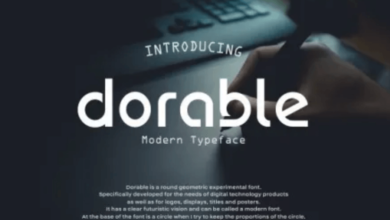Reinventing Occupational Health: How Modern Noise Assessment and Audiometric Testing Are Transforming Australian Workplaces

The industrial sector in Australia is undergoing a new transformation. Modern, proactive employers seek to enhance productivity and innovation within their businesses by protecting their employees’ health and safety with modern approaches to noise management and targeted audiometric testing. Employees no longer passively endure noise and its impacts because their health is taken seriously, as modern approaches actively transform workplace safety culture fundamentally as to how organizations assess, evaluate, and mitigate noise for employees’ wellness.
Moving Towards Seamless And Timely Risk Evaluation
Once considered proactive, noise assessment as one-off assessments have now become outdated. Enhancing their competitive capabilities, Australian organizations are adopting real-time monitoring systems that capture and assess workplace noise 24/7. The availability of advanced sensors and IoT devices that can record and interpret sound levels in real-time has revolutionized organizational operations. They provide a constantly updating snapshot of sound levels relative to business activities. Such access to real-time data guarantees prompt response and effective management of noise levels before they become dangerous to employees’ wellbeing.
This shifts the focus from a passive, reactive approach to a more proactive framework that goes beyond the traditional model. Instead of waiting for a yearly audit or a listening complaint to assess an area, real-time noise monitoring provides instant corrective options. Businesses can hone their safety measures to ensure that employees are perpetually safeguarded by preemptively managing hazards as they manifest.
Integrating Audiometric Testing for Individualized Health Analyses
While active noise monitoring captures the environmental impact of noise, its true value lies in seamless integration with periodic audiometric assessments. Continuous hearing evaluation in Australia’s high-risk sectors like mining, construction, and manufacturing, have become indispensable for tracking noise-induced hearing changes over time. More and more forward-thinking companies are now using background noise data together with audiometric test results to create an all-encompassing picture of an individual’s hearing health.
This integration enables companies to recognize the subtle onset of hearing loss prior to its evolution into a more serious health concern. Tailored interventions can be guided by periodic audiometric testing where employees are offered strategic feedback. Transforming noise and health assessment using noise and audiometric evaluation turns health from a reactive measure into a proactive method for hearing loss prevention, from personal protective equipment to changing work methods.
Exploiting Data Analytics for Strategic Decision Making
The true beauty of this integrated solution is that it generates advanced insights through data analytics. Platforms in the cloud are now collecting continuous “noise” data as well as results from audiometric tests, transforming raw figures into relevant trends and predictive analytics. For businesses in Australia, these analytics are no longer simply about compliance; they are about operational optimization.
Envision a situation where there are predictive models capable of foreseeing possible spikes of noise depending on production schedules or where audiometric data has historical insight into certain shifts with operation movement. Such findings enable recalibration of strategies in real time from a data-driven perspective. This approach not only helps in improving health risks but also improves operational efficiency by ensuring that safety measures are implemented based on actual patterns within the workplace.
Creating a Culture of Proactive Engagement
This modern approach has resulted in an important development: the cultural shift that it drives within organizations. As a case in point, safety used to be regarded as a top-down order in other Australian companies. Every employee becomes an active participant in their own health and wellbeing. Coupled with the systematized continuous noise monitoring and regular audiometric testing, they are integrated into daily life at work.
An interactive dashboard, regular feedback loops, and clear reporting frameworks instill ownership from employees. Real-time displays of noise levels relative to their personal hearing health significantly enhance engagement with safety measures, increasing the likelihood of constructive feedback towards safety improvements. This proactive collaborative environment not only decreases the number of cases of hearing problems caused by excessive noise, but also improves overall morale and productivity.
Strategic Planning for Australia’s Resilient Future
Sound management practices, particularly integrated noise evaluation along with audiometric testing, will better prepare organizations for new challenges as Australia’s competitor industries advance and the regulatory environment stiffens. The shift from the traditional compliance-based approach to safety to modern practice integration strategies that address proactive resilience planning transforms emerging safety threats into opportunities.
Adopting this approach addresses prospective regulatory gaps and elicits responsiveness towards newly emerging industrial uncertainties. Australian businesses are rapidly evolving towards constructing self-sustaining, dynamically adjustable frameworks by harnessing perpetual monitoring along with personalized data streams.
Conclusion
Combining sophisticated noise evaluation with specific audiometric examination is transforming occupational health and safety in Australia. Companies are now shifting from periodic compliance testing to continuous data monitoring. This change allows firms to transform their corporate compliance strategies into valuable business assets. Such strategies improve the safeguarding of employee health while optimizing business productivity, driving Australian workplaces toward a sustainable future by fostering continuous progression in an ever-changing industrial landscape.





